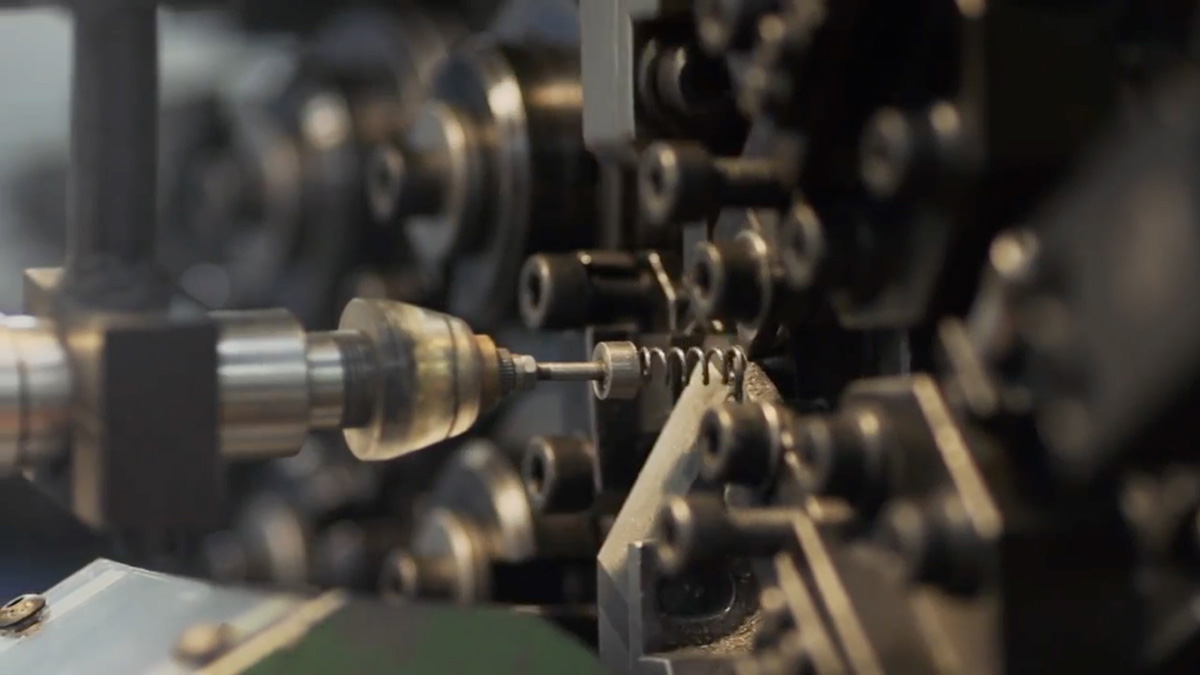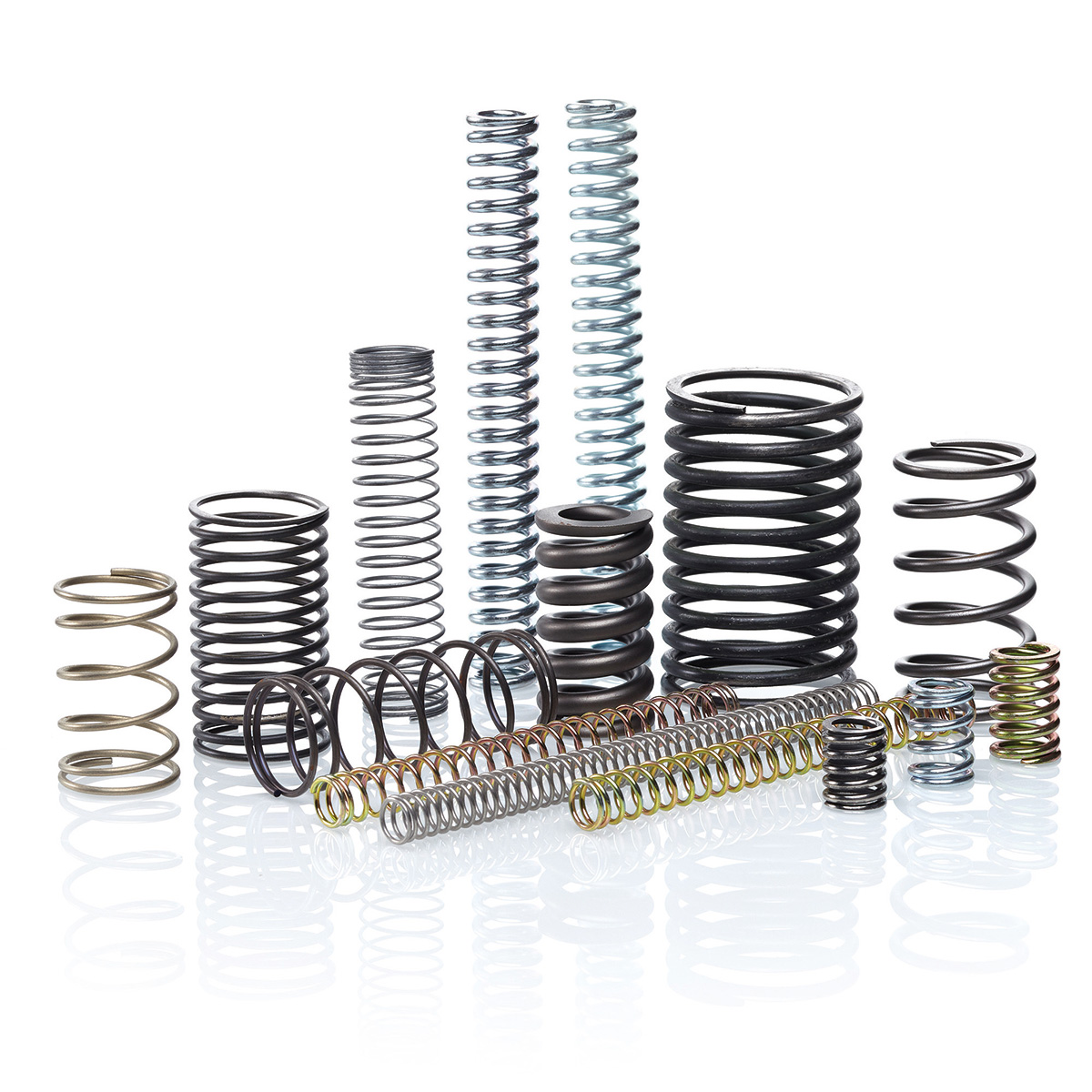Cheap catalogue springs can prove a false economy
When you’re sourcing commodity components, there can seem little at first glance to differentiate parts of different cost. So does it make sense simply to go with the cheapest option? Emma Burgon, engineering director at William Hughes, argues that it does not, with a cheaper part often proving a false economy when resulting production line inefficiencies are taken into consideration.
While it would be a huge over simplification in product specification to say simply that a spring is a spring, there is no doubt that for a given required spring characteristic there are myriad catalogue parts to choose from. And while the price differential may be small, volume requirements mean that any marginal savings can quickly add up.
When buying solely on price, it is not unusual to find yield rates of 80% or less. That means that two out of every ten springs that are ordered will have failed to meet the required specification. The first you’ll know about that is when QA processes uncover a problem with the product you’re assembling. That can mean production delays and time-consuming rework – more than eliminating any cost savings from the initial procurement.
Whether a product contains a single spring or, like the average family car, thousands of them, sourcing the cheapest catalogue product will invariably prove a false economy when the application requirement is performance critical. The design effort that you’ve put into calculating the required spring load and length will quickly unravel if 80% or fewer of the springs you buy actually meet those specifications.
In some applications, building a greater tolerance into the design might be one answer, making the precise specification of a given spring less critical. In other cases, that might well compromise the overall quality of the finished product. And with the future of UK industry increasingly looking like a move to high value manufacturing, most businesses are looking towards higher quality levels rather than lower.
So how can product manufacturers be assured of the higher yield rates that will get them close to right-first-time production with assured quality and minimised requirements for rework? At William Hughes, it’s all about the processes used to guarantee the tight tolerances needed to ensure consistent spring quality.

To manufacture springs to consistent quality for a specified load and length, William Hughes employs the latest CNC technology. The free length of every spring is measured as it comes off the machine, and statistical process control is used to sort the parts and reject any that don’t meet the critical specifications and tight tolerances that customers require. Any under-length springs are scrapped.
The combination of high quality spring material and CNC manufacture means that, even at this stage in production, the springs would already make a sizeable contribution to reducing production costs in many applications. But there are additional manufacturing steps that can give a further boost to quality without a significant bump in overall product cost, delivering the potential for even greater production savings in the user’s application.
For example, an additional stage in the production process passes them through an oven at 300°C, offering a high level of stress relief. And in a further process, ease of use within the application assembly line is assured by grinding the springs flat at either end, while longevity of operation is guaranteed by subjecting the springs to a glass shot peening process. Here, glass beads are thrown at the springs with great force, which has the effect of introducing compressive stresses to the surface, significantly increasing fatigue life. This enables William Hughes to supply springs that it can confidently claim will offer extended working lives in excess of ten million operations.
Coating the springs using a dip spin process is a next step in the production of many springs, providing a high level of corrosion resistance as well as offering a handy colour coding for customers.
Finally, as part of the process to ensure the springs meet the tight tolerances required, they are pre-stressed by feeding them into an automated line that first compresses them to near solid and then load tests every one. This affords the opportunity to further tighten the tolerances on the load.
The result of these production stages is that William Hughes is able to offer springs that enable customers to achieve 97% yields or more on their production lines, compared with the 80% or less that might typically be achieved with a standard catalogue part.
We can see, then, that marginal cost savings on a cheaper catalogue part really don’t add up when designers look at the bigger picture. For little extra cost on the spring, users can save significant time and money on their own production lines.




